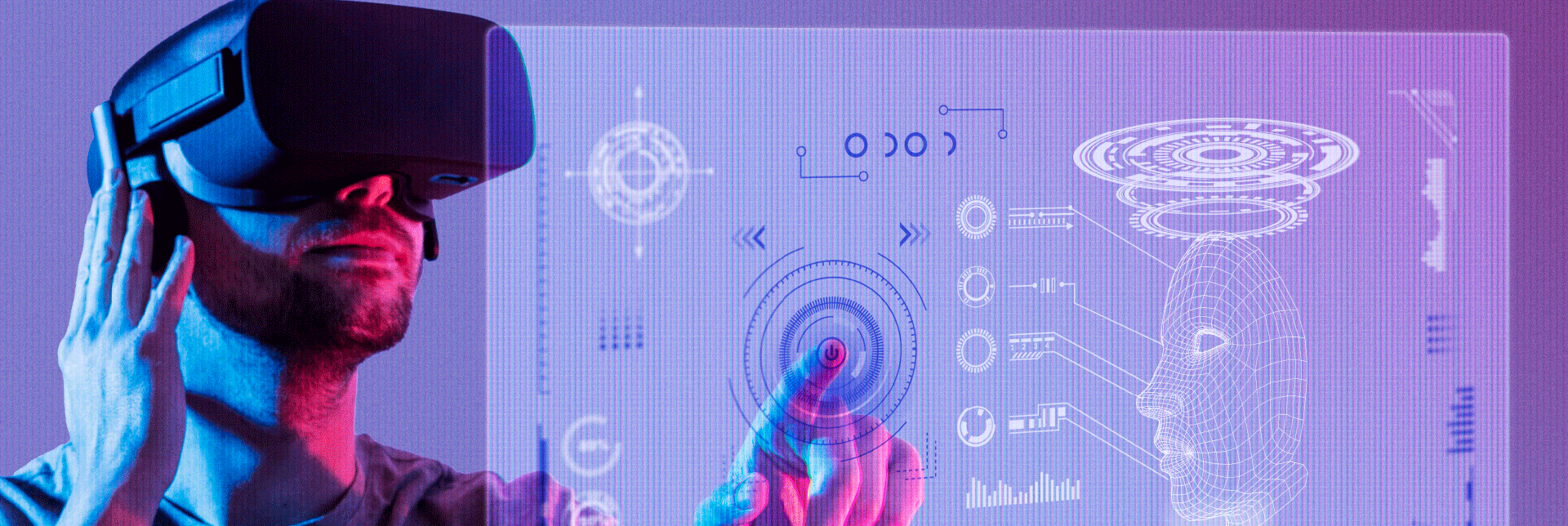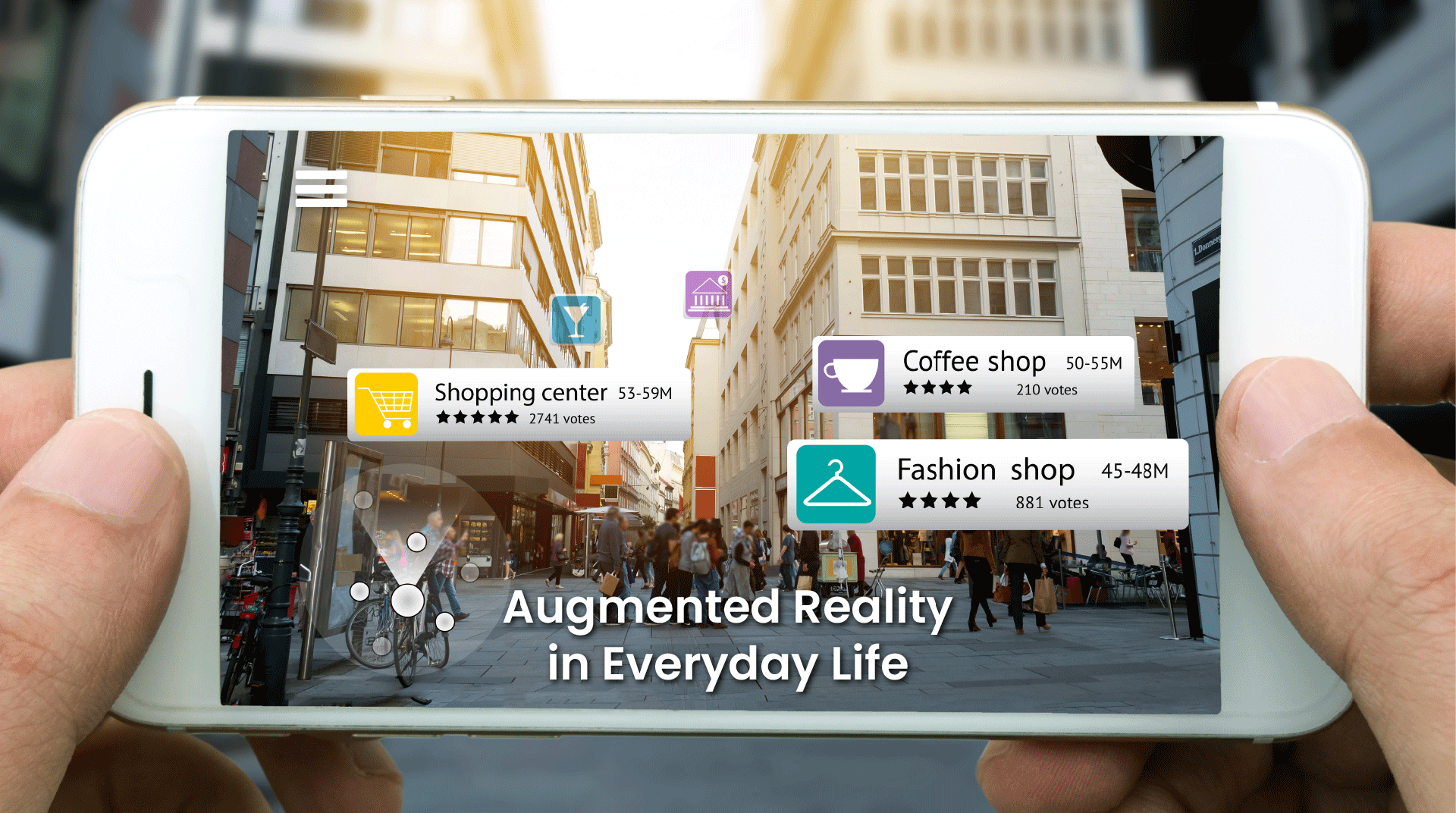The term "augmented" is derived from the Latin word "augere," which means to increase or add. A digital object may virtually enter the physical world via augmented reality. It is sometimes referred to as mixed reality since a physical object is enhanced by virtual pictures that are placed on top of it. Virtual reality and the idea of augmented reality are partly similar since both use fake digital things to provide a living experience.
Basically, augmented reality is utilized to digitally install an object on an existing body in real life. With augmented reality (AR), we may interact with virtual objects as if they were actually in front of us. Augmented reality is still in its early stages. The AR-enabled gadget scans the item on which the digital imprint is to be made using the lens. The software and algorithm then calculate the object's distance. The item is then digitally put on top of it. In actuality, augmented reality is a more enhanced representation of the physical world.

Real Life Examples of Augmented Reality
- Snapchat: A well-known American multimedia messaging app is Snapchat. Filters that are current and appealing. Applications like Snapchat apply these filters to the user's face using a standard process. First, artificial intelligence is used to identify the face. The user's visage is then digitally displayed with various filters. The use of augmented reality and artificial intelligence makes the filters that are being imposed appear really authentic and unique.
- Photography and Editing: There are several videos online that demonstrate how permanent body ink can move and change color. These videos were produced using augmented reality. When the device's lens scans the tattoo, the AR-enhanced software is downloaded, and an algorithm is created so that a moving and color-changing video is supplied over the tattoo's surface. Therefore, the tattoo is not changing color; rather, the virtual representation of the video is being placed over the actual thing.
- Google ARCore: One of the top smartphone applications for augmented reality that is available online is Google ARCore. To create virtual characters that exactly mimic the real world, it uses motion tracking, environmental comprehension, and light estimation. High quality and resolution are used in the production of these digital stickers and characters, which are then digitally adhered to a physical surface. Additionally, it enables 3D object views.
- Pokemon Go: One of the finest instances of AR is Pokemon Go. When it was originally released in 2016, it quickly gained popularity among individuals of all ages. The idea was to develop a game that would incorporate both physical interaction and computer technologies. This game effectively mitigated the drawback that playing internet games makes individuals fat. Finding and catching a cartoon figure that is practically existing in the environment is the game's major objective. The characters in the game and the experience seem incredibly real and realistic thanks to augmented reality.
- Interior Decoration Apps: We all want our homes to be ideal, and we work hard to make that happen. However, making permanent changes—such as painting the walls a different color or purchasing new furniture—can be hazardous since they are difficult to undo. For this reason, several applications have been created that let us visually blend a photo over real-world things to obtain a sense of what the change we want to make would look like after it is done. This gives us the freedom to trial all possible combinations and select the top-quality result. Some examples of augmented reality-based interior décor applications are Asian Paints, IKEA Place, and others.
- Google Glass: With the help of a device called Google Glass, you can stop always holding your phone in your hand to use it. With the use of voice commands and gestures, it enables us to virtually interact with the phone. Bluetooth or Wi-Fi can be used to link Google Glass to a phone. It has a wide range of capabilities, including the ability to access the internet, handle calls and messages, shoot pictures and videos, and more. The only way to do this hands-free action, which makes the smartphone appear virtually real, is with the aid of augmented reality.
- Neurosurgery: The medical industry is where augmented reality finds its greatest applicability. AR is the ideal aiding tool for operations, especially neurosurgery, as it digitally shows the obstructed and injured nerves. This makes it easier for the surgeons to operate on the damaged nerves and reduces the chance of human error.
